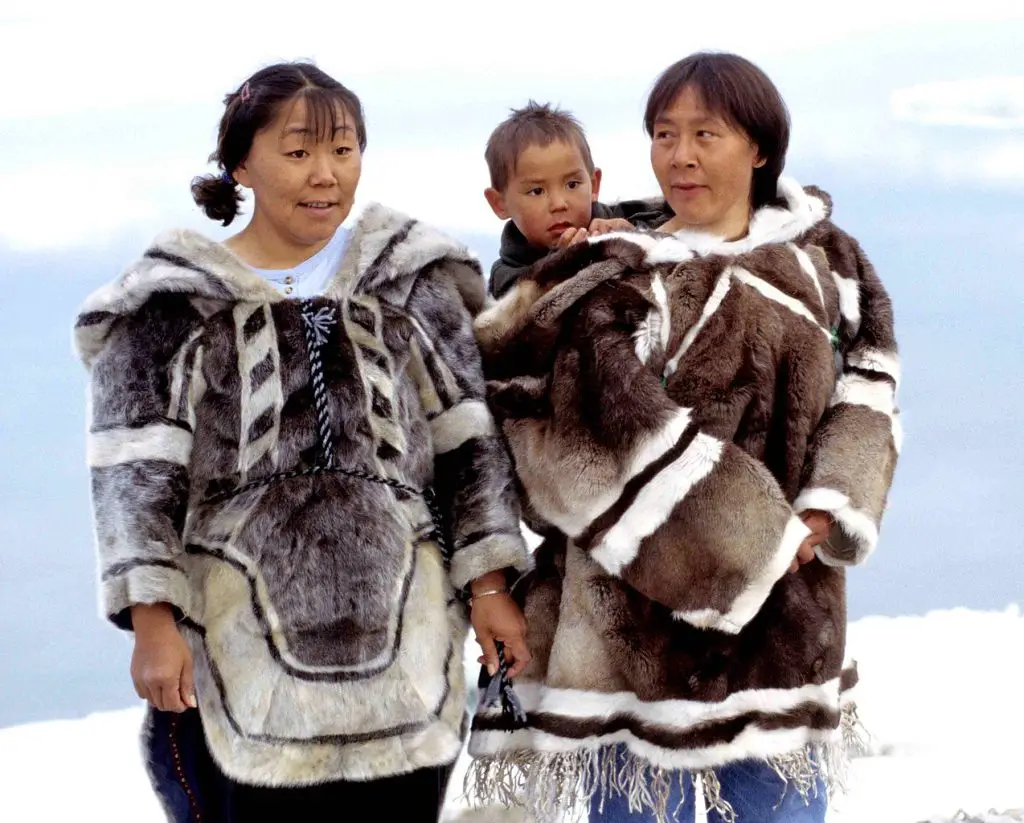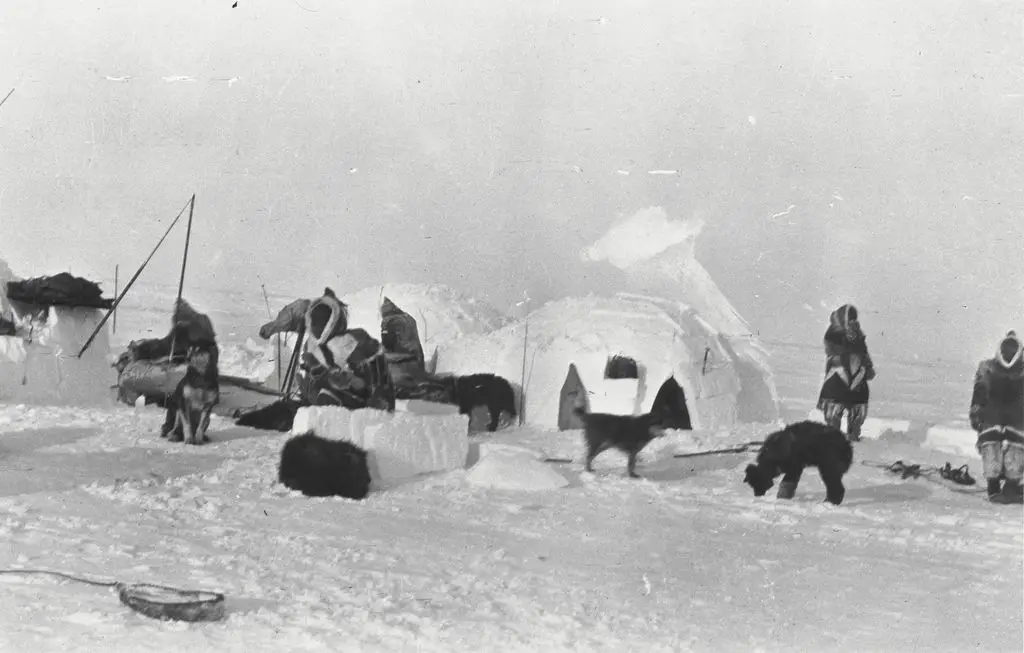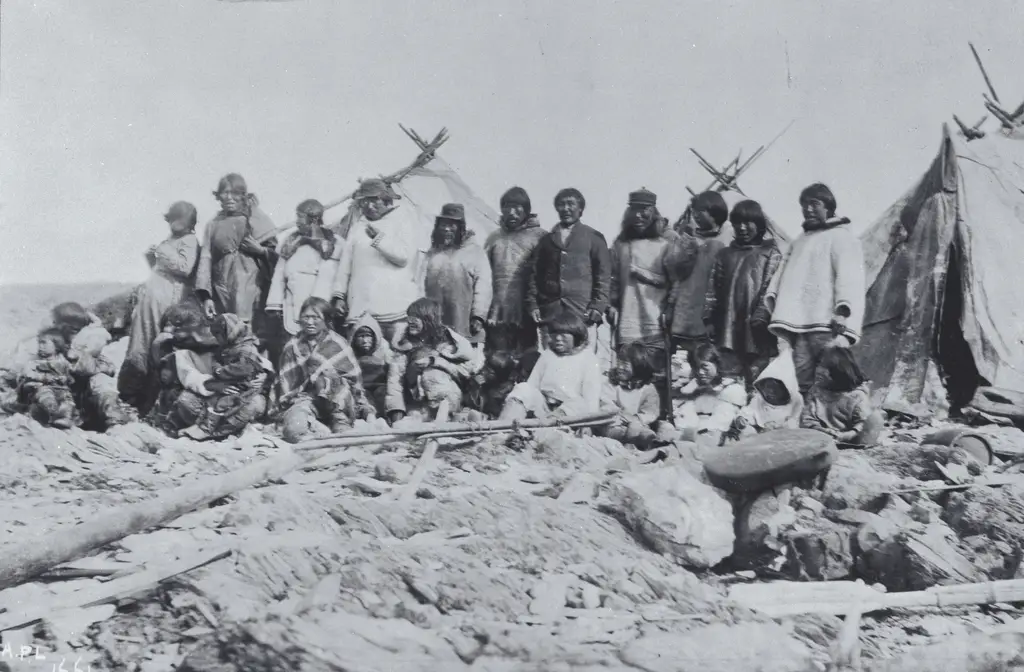 nuit societies, with their rich cultural traditions and unique social structures, have long intrigued anthropologists and researchers. One particular aspect that has garnered attention is the practice of wife exchange among Inuit husbands. This custom, which may seem unfamiliar to outsiders, is deeply rooted in the cultural and historical context of Inuit communities. In this article, we delve into the reasons why Inuit husbands exchange their wives, exploring the cultural significance, social dynamics, and historical context surrounding this practice.
nuit societies, with their rich cultural traditions and unique social structures, have long intrigued anthropologists and researchers. One particular aspect that has garnered attention is the practice of wife exchange among Inuit husbands. This custom, which may seem unfamiliar to outsiders, is deeply rooted in the cultural and historical context of Inuit communities. In this article, we delve into the reasons why Inuit husbands exchange their wives, exploring the cultural significance, social dynamics, and historical context surrounding this practice.
The Cultural Significance of Wife Exchange
To grasp the practice of wife exchange among Inuit communities, it is essential to understand the cultural significance attached to this custom. For Inuit people, marriage is not solely an individual matter but holds broader social implications. The exchange of wives is often viewed as an expression of social harmony, community cohesion, and the strengthening of kinship ties.

Inuit societies are characterized by a communal way of life, where cooperation and interdependence among individuals and families are highly valued. Wife exchange serves as a means of strengthening social bonds and forging alliances between families or clans. It reinforces the concept of extended kinship networks, ensuring a broader support system within the community.
Additionally, wife exchange is seen as a mechanism for redistributing resources and promoting fairness within the community. By sharing spouses, Inuit societies strive to maintain an equitable distribution of labor, skills, and wealth. This practice can help address imbalances in terms of skills, hunting abilities, or other valuable contributions to community life.
Social Dynamics and Relationship Building
The practice of wife exchange plays a significant role in shaping social dynamics and relationships within Inuit communities. It is important to note that this practice is typically conducted with the consent and agreement of all parties involved, including the women. It is not a form of forced marriage or non-consensual arrangement.

Wife exchange provides an avenue for strengthening bonds between families or clans, often leading to the formation of lifelong friendships and alliances. The shared experience of wife exchange can create a sense of camaraderie and solidarity among individuals and families, fostering a tightly-knit social fabric.
Furthermore, wife exchange contributes to the formation of complex kinship networks within Inuit societies. The children born from such unions are often considered part of both families and are raised within the extended kinship system. This practice enhances social cohesion, cooperation, and mutual support among members of the community.
Historical Context and Adaptation
To understand why Inuit husbands exchange their wives, it is essential to consider the historical context and the adaptive nature of this practice. For centuries, Inuit communities have thrived in harsh Arctic environments, relying on their resourcefulness, resilience, and cooperative strategies for survival.

The nomadic lifestyle and challenging conditions in the Arctic necessitated flexible and adaptive social systems. Wife exchange among Inuit communities can be viewed as a cultural response to the demands of their environment. It allowed for the pooling of resources, sharing of knowledge, and cooperative strategies for hunting, gathering, and survival.
As Inuit societies have encountered various socio-cultural changes over time, including contact with Western cultures, the practice of wife exchange has evolved. While still valued in some communities, it is important to note that not all Inuit communities practice or prioritize wife exchange today. Factors such as globalization, modernization, and changing cultural dynamics have led to variations in marriage practices within different Inuit regions.
Challenges and Contemporary Perspectives
The practice of wife exchange among Inuit communities is not without its challenges and complexities. It can raise questions and concerns from an outsider’s perspective, particularly regarding gender dynamics and individual autonomy. It is crucial to approach this practice with cultural sensitivity and respect for diverse perspectives.
Contemporary discussions within Inuit communities are ongoing, examining the evolving role of wife exchange in the context of changing societal norms and individual rights. Many Inuit communities are embracing a more individualistic approach to marriage, allowing couples to choose their partners based on personal preferences and mutual consent.
While wife exchange may not be as prevalent as it once was, its cultural significance and historical roots continue to shape the fabric of Inuit communities. It serves as a reminder of the rich cultural heritage and adaptive strategies that have enabled Inuit societies to thrive in challenging environments.
The practice of wife exchange among Inuit communities holds deep cultural significance and is intricately woven into the social fabric of these societies. Rooted in notions of community harmony, resource-sharing, and kinship ties, wife exchange has played a vital role in shaping social dynamics and relationships. As Inuit communities navigate the challenges of a changing world, discussions around marriage practices continue to evolve, reflecting the complexities of cultural adaptation and individual agency. Understanding the practice of wife exchange requires a nuanced appreciation of the historical, cultural, and adaptive contexts within Inuit communities, shedding light on the diverse tapestry of human customs and traditions.
Avid Writer with invaluable knowledge of Humanity!
Upcoming historian with over 30 million views online.
“You make your own life.”





